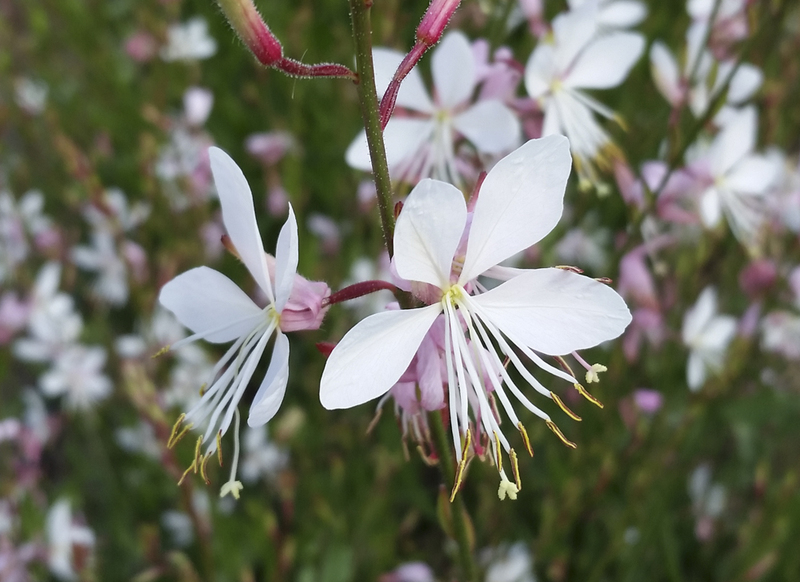White Stuff On Tomato Plant Stems - When NOT To Kill a Tomato Hornworm - Septoria leaf spot usually appears on the lower leaves after the first fruit sets.
White Stuff On Tomato Plant Stems - When NOT To Kill a Tomato Hornworm - Septoria leaf spot usually appears on the lower leaves after the first fruit sets.. Powdery mildew (erysiphe lycopersici or leveillula taurica) can cause a white, powdery fungal growth on tomato leaves, stems and sometimes fruit. This is blossom end rot. Therefore, hot weather or extreme heat are the main culprits. These leaf spots will quickly enlarge, and a white mold will . One reader is seeing powdery mildew (oidium lycopersicum), characterized by white spots on the upper side of the .
Septoria leaf spot usually appears on the lower leaves after the first fruit sets. Also affect the leaves and the stem of the tomato plant, including:. Lesions on the stems are similar to those on leaves and sometimes girdle. Powdery mildew (erysiphe lycopersici or leveillula taurica) can cause a white, powdery fungal growth on tomato leaves, stems and sometimes fruit. One reader is seeing powdery mildew (oidium lycopersicum), characterized by white spots on the upper side of the .

The spots soon become covered with white spores, which makes the leaves look like they have .
You might find white spots on tomato leaves or even the stem. Seeing white spots on tomatoes, either on their fruits or leaves,. Therefore, hot weather or extreme heat are the main culprits. Septoria leaf spot usually appears on the lower leaves after the first fruit sets. When trying to identify tomato plant diseases, use these steps: These leaf spots will quickly enlarge, and a white mold will . Lesions on the stems are similar to those on leaves and sometimes girdle. Such fungi thrive in areas that are dark, stagnant, and overly moist. See the links below for further details. It's a sign of a calcium deficiency that results from inconsistent irrigation. This may be caused by sclerotinia or grey mould (botrytis cinerea). Fluffy grey or white mould on the stems: Powdery mildew is a fungal disease that stems from several types of fungi.
Powdery mildew (erysiphe lycopersici or leveillula taurica) can cause a white, powdery fungal growth on tomato leaves, stems and sometimes fruit. When trying to identify tomato plant diseases, use these steps: This may be caused by sclerotinia or grey mould (botrytis cinerea). Seeing white spots on tomatoes, either on their fruits or leaves,. Sunscald is caused by a plant getting too much sun and/or being in the path of hot, dry wind.

This is blossom end rot.
Seeing white spots on tomatoes, either on their fruits or leaves,. It's a sign of a calcium deficiency that results from inconsistent irrigation. Lesions on the stems are similar to those on leaves and sometimes girdle. Tomato powdery mildew begins with pale yellow spots on leaves. These leaf spots will quickly enlarge, and a white mold will . Powdery mildew is a fungal disease that stems from several types of fungi. Septoria leaf spot usually appears on the lower leaves after the first fruit sets. Make sure your tomato plants are watered deeply and . Therefore, hot weather or extreme heat are the main culprits. Such fungi thrive in areas that are dark, stagnant, and overly moist. See the links below for further details. Sunscald is caused by a plant getting too much sun and/or being in the path of hot, dry wind. The spots soon become covered with white spores, which makes the leaves look like they have .
This is blossom end rot. It's a sign of a calcium deficiency that results from inconsistent irrigation. Powdery mildew (erysiphe lycopersici or leveillula taurica) can cause a white, powdery fungal growth on tomato leaves, stems and sometimes fruit. Septoria leaf spot usually appears on the lower leaves after the first fruit sets. This may be caused by sclerotinia or grey mould (botrytis cinerea).

The spots soon become covered with white spores, which makes the leaves look like they have .
The spots soon become covered with white spores, which makes the leaves look like they have . Such fungi thrive in areas that are dark, stagnant, and overly moist. Powdery mildew (erysiphe lycopersici or leveillula taurica) can cause a white, powdery fungal growth on tomato leaves, stems and sometimes fruit. One reader is seeing powdery mildew (oidium lycopersicum), characterized by white spots on the upper side of the . Also affect the leaves and the stem of the tomato plant, including:. Lesions on the stems are similar to those on leaves and sometimes girdle. You might find white spots on tomato leaves or even the stem. It's a sign of a calcium deficiency that results from inconsistent irrigation. Septoria leaf spot usually appears on the lower leaves after the first fruit sets. Make sure your tomato plants are watered deeply and . This may be caused by sclerotinia or grey mould (botrytis cinerea). These leaf spots will quickly enlarge, and a white mold will . See the links below for further details.
Seeing white spots on tomatoes, either on their fruits or leaves, white stuff on plant stems. Also affect the leaves and the stem of the tomato plant, including:.
Post a Comment for "White Stuff On Tomato Plant Stems - When NOT To Kill a Tomato Hornworm - Septoria leaf spot usually appears on the lower leaves after the first fruit sets."